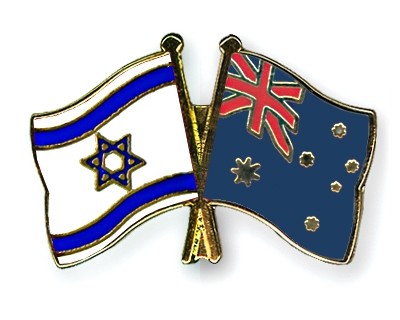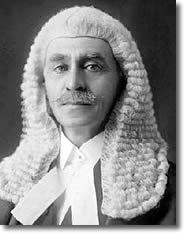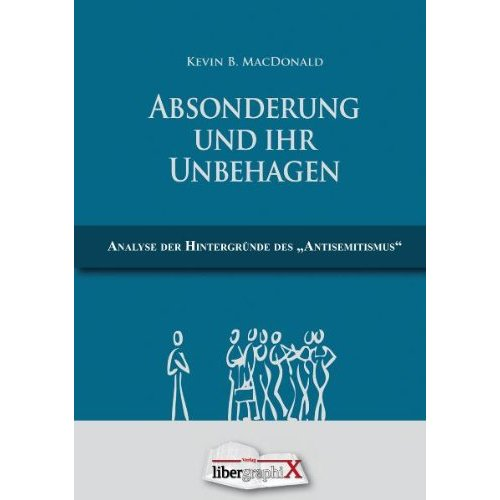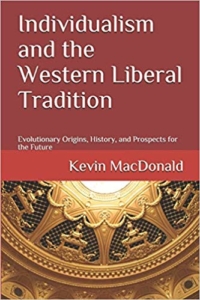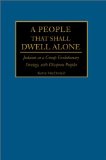Spotting the Enemy
Could you spot a Jew in a crowd? And if so, what does it say about you? These questions, believe it or not, have been the subject of much hair-splitting in the academic study of nonverbal behaviour for the past seventy years. Although nonverbal behaviour (and psychology more generally) does not fall within my “expertise,” I stumbled upon this scholastic circus recently during an evening with some friends. As the night progressed, and not finding the subject of conversation among one group particularly interesting, I drifted towards a smaller knot of individuals who had assembled in front of a television of monstrous proportions. On screen was an inconsequential news item, but what drew my attention was the interviewee. It would be facile for me to name this individual, but I was struck by his appearance. I had neither heard of him, nor seen him previously. Nonetheless, I was struck with a certain sense of recognition. “A Jew,” I said. “He’s a Jew.”
Those nearby, some aghast and some smirking, turned to face me. A female acquaintance sitting nearest to me asked “How can you tell?,” while another nearby asked someone for the name of the interviewee (not, it appears, a typically Jewish name) and reached for his iPhone in an effort to verify my “psychic” supposition. A small number, I noted, began slowly moving away. I remained silent while the technophile consulted his phone, and only when he looked up, smiling and nodding, did I respond to the good lady beside me. I couldn’t then, and still can’t, articulate precisely what it was that led me to deduce that the interviewee was a Jew. The volume of the television was low, so I could neither hear his accent, nor pick up on any of the typically Jewish sound bites like “tolerance” or “persecution.” Having only recently sat in front of the television, I was entirely ignorant as to the content of the news item, and could see no indication as to this man’s profession. In terms of his bodily movements, the interviewee was not a wildly gesticulating remnant of the ghetto. In fact, he was almost perfectly still. To dismiss any further stereotypical notions, his nose looked perfectly European. Rather, it was something about the placement of his eyes, his pallid complexion, the texture of his hair, the shape of his forehead. He struck me as inescapably different. Some of my friends, not entirely satisfied with this explanation, joked that I must have known the man was Jewish. Others, evidently to some extent unsettled, asked quietly how it could be possible for someone to have such an acute awareness of the ethnic origin of someone in whom they themselves could see no visible difference from the White mean. My own curiosity aroused, I departed later that night into the cool evening air with more questions that I had answers. Read more

